JoVE Science Education
Basic Methods in Cellular and Molecular Biology
JoVE 비디오를 활용하시려면 도서관을 통한 기관 구독이 필요합니다.
Separating Protein with SDS-PAGE
Overview
Sodium Dodecyl Sulfate Poly-Acrylamide Gel Electrophoresis, or SDS-PAGE, is a widely-used technique for separating mixtures of proteins based on their size and nothing else. SDS, an anionic detergent, is used to produce an even charge across the length of proteins that have been linearized. By first loading them into a gel made of polyacrylamide and then applying an electric field to the gel, SDS-coated proteins are then separated. The electric field acts as the driving force, drawing the SDS coated proteins towards the anode with larger proteins moving more slowly than small proteins. In order to identify proteins by size, protein standards of a known size are loaded along with samples and run under the same conditions.
This video presents an introduction to SDS-PAGE by first explaining the theory behind it and later demonstrating its step-by-step procedure. Various experimental parameters, such as the polyacrylamide concentration and voltage applied to the gel are discussed. Downstream staining methods like Coomassie and silver stains are introduced, and variations of the method, like 2D gel electrophoresis are presented.
Procedure
SDS-PAGE is a technique used by many researchers to separate mixtures of proteins by size. Successful completion of this technique is an essential first step for many methods of protein analysis, like immunoblotting. By itself, it is a useful tool in assessing protein size and purity.
In order to understand the SDS-PAGE technique, you must first understand its principle components. SDS-PAGE stands for Sodium Dodecyl Sulfate Poly-Acrylamide Gel Electrophoresis. Sodium-Dodecyl Sulfate, th
건너뛰기...
이 컬렉션의 비디오:
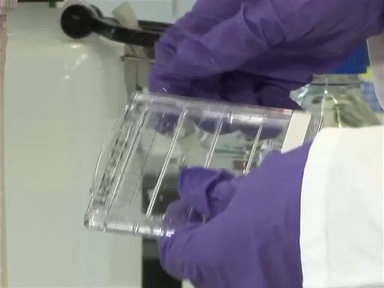
Now Playing
Separating Protein with SDS-PAGE
Basic Methods in Cellular and Molecular Biology
478.5K Views
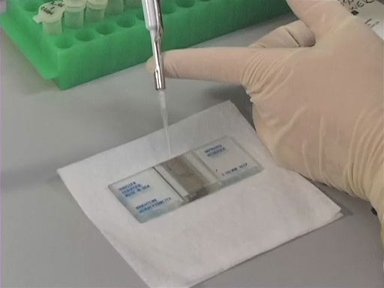
혈구계를 사용하여 세포 수 측정
Basic Methods in Cellular and Molecular Biology
223.0K Views
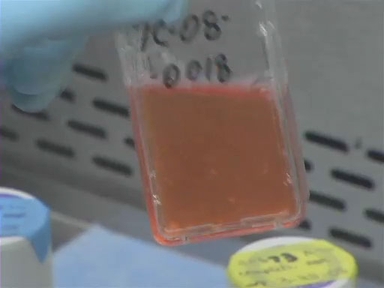
계대 배양
Basic Methods in Cellular and Molecular Biology
191.5K Views
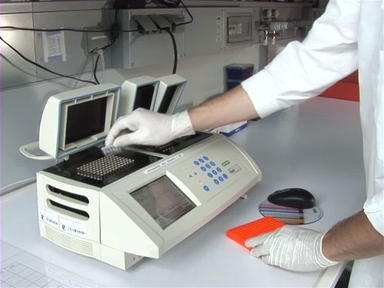
PCR: 중합 효소 연쇄 반응
Basic Methods in Cellular and Molecular Biology
722.1K Views
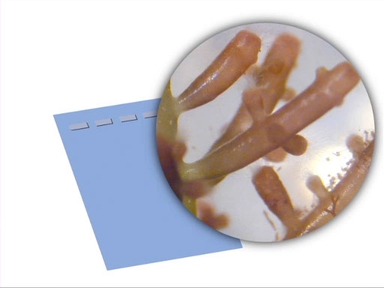
DNA 겔 전기 영동
Basic Methods in Cellular and Molecular Biology
605.1K Views
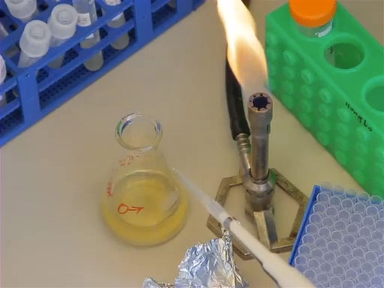
박테리아 형질변환: 열 충격 방법
Basic Methods in Cellular and Molecular Biology
736.2K Views
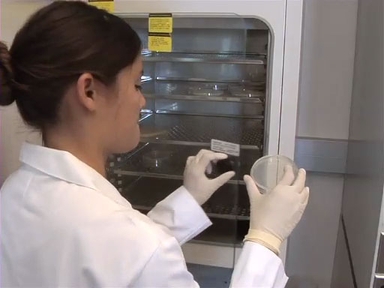
박테리아 형질변환: 전기 천공법
Basic Methods in Cellular and Molecular Biology
115.2K Views
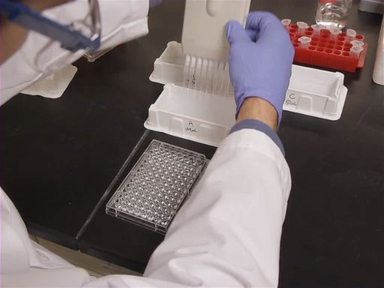
ELISA
Basic Methods in Cellular and Molecular Biology
252.4K Views
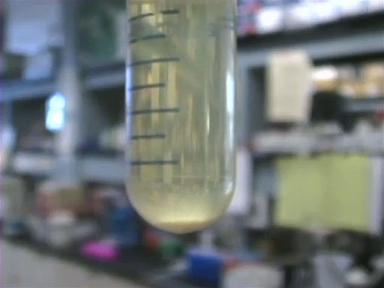
플라스미드 정제
Basic Methods in Cellular and Molecular Biology
307.6K Views
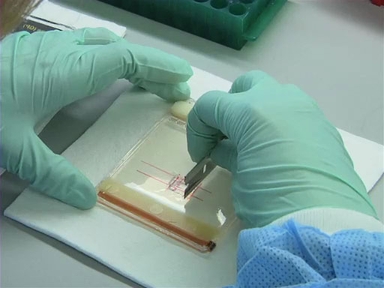
겔 추출
Basic Methods in Cellular and Molecular Biology
109.8K Views
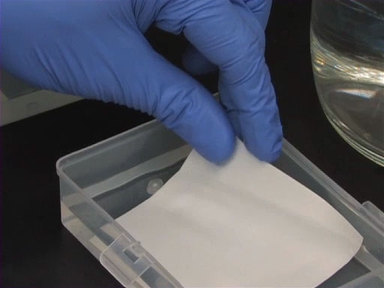
웨스턴 블롯
Basic Methods in Cellular and Molecular Biology
503.4K Views
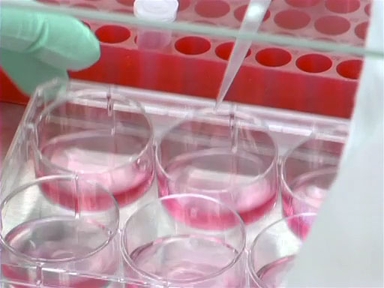
Transfection 소개
Basic Methods in Cellular and Molecular Biology
170.1K Views
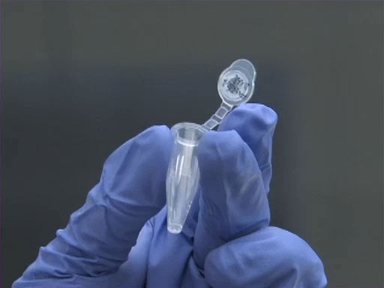
DNA 결찰 반응
Basic Methods in Cellular and Molecular Biology
189.0K Views
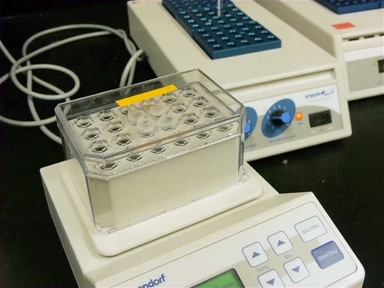
제한 효소 분해
Basic Methods in Cellular and Molecular Biology
285.1K Views

클로닝
Basic Methods in Cellular and Molecular Biology
376.5K Views
ISSN 2578-1952
Copyright © 2025 MyJoVE Corporation. 판권 소유
당사 웹 사이트에서는 사용자의 경험을 향상시키기 위해 쿠키를 사용합니다.
당사 웹 사이트를 계속 사용하거나 '계속'을 클릭하는 것은 당사 쿠키 수락에 동의하는 것을 의미합니다.